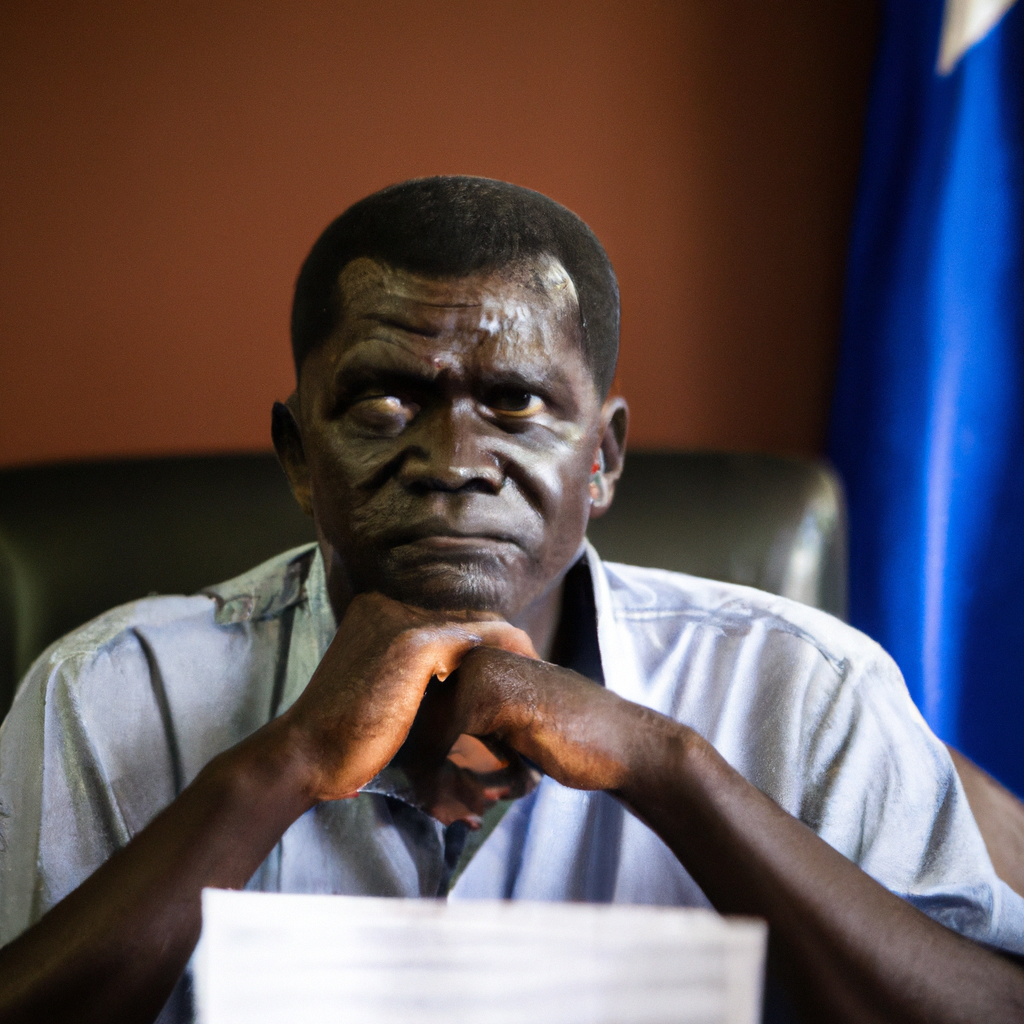A four-year-old child has tragically become the latest victim of the Ebola virus in Uganda, raising significant concern among health officials and the public. This unfortunate event occurred in the Mubende district, which has been a recent hotspot for Ebola cases. The child’s death not only marks a painful loss for the family but also signals potential alarm for an outbreak in the region, as health experts fear that the virus may spread further. Authorities have moved quickly to assess the situation, gather epidemiological data, and enforce containment measures to prevent another widespread outbreak.
Rising Concerns in Mubende District
The child’s death highlights ongoing tensions regarding the management of Ebola in Uganda, particularly following a few recent isolated cases. Mubende district, where the child resided, has seen several suspected cases arising in close succession. Local health officials reported that the young victim displayed signs of infection, including fever and systemic issues, before being diagnosed with Ebola.
As health teams conduct thorough contact tracing, they are focused on identifying individuals who may have interacted with the child or visited areas where the virus is present. This is crucial for mitigating risk and stopping any potential spread. Experts emphasize that early detection and response are vital to curtailing the spread of this deadly virus.
Government and Health Response
In light of the situation, the Ugandan Ministry of Health has activated its emergency response plan. Key measures include:
- Increased surveillance and monitoring in affected regions to promptly identify new cases.
- Public education campaigns to inform communities about symptoms of Ebola and prevention strategies.
- Mobilization of health workers to affected areas to provide support and care for both suspected cases and families of the affected.
Authorities are also urging the public to adhere to health guidelines, including avoiding contact with infected individuals and seeking immediate medical attention if symptoms arise.
Local Community Reactions
Community leaders and residents in Mubende have expressed both grief and fear over the sudden loss of the young child. Many are aware of the historical context of Ebola outbreaks in Uganda, activating a natural apprehension among families. Special attention is being given to cultural practices, which sometimes complicate containment efforts. For instance, traditional burial practices can pose risks if proper precautions are not taken.
Local leaders are working alongside health officials to reinforce the importance of safe burial methods, which are critical in preventing further contagion. This community engagement is vital to build trust, encourage compliance with health directives, and foster a collective response to combat the outbreak.
Preparing for a Broader Outbreak
The death of the child underscores the potential for a larger outbreak if strict control measures are not effectively employed. Health experts remind the public of the virulence of the Ebola virus, which can be fatal and spreads through direct contact with body fluids. Looming over the population is the memory of past outbreaks that have wreaked havoc in previous years.
Furthermore, the international community is closely monitoring developments in Uganda. In conjunction with the World Health Organization (WHO) and other partners, the Ugandan government hopes to strengthen its response capabilities, improve medical infrastructure, and ensure rapid deployment of resources in the event of continued spread.
Conclusion and Future Implications
As the situation unfolds, there is a pressing imperative for both local and international entities to unite within a robust response framework. The recent death has not only reignited worries over public health in Uganda but has also drawn attention to the critical need for ongoing research, community education, and investment in healthcare infrastructures. Above all, preventing a broader Ebola outbreak in Uganda will depend heavily on swift actions taken by healthcare providers and the cooperation of local citizens.
The hope remains that this tragic incident will catalyze heightened vigilance among health authorities and the community, ensuring that lessons from the past are not forgotten and that further loss of life is avoided.








